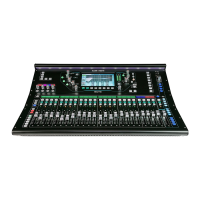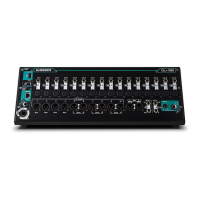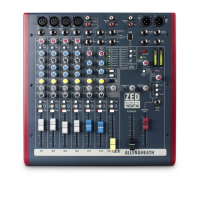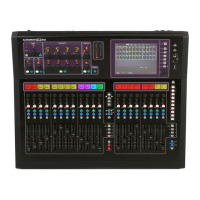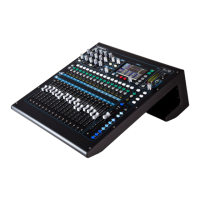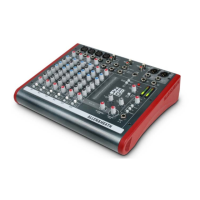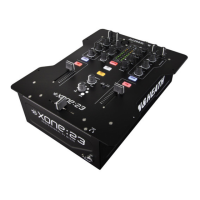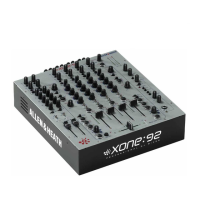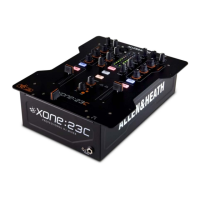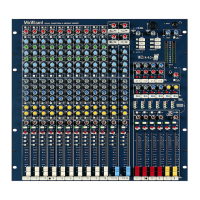4.2 Channel Types
Input channels – 48 input channels with processing. These can be sourced from local,
remote or digital connections, and mixed to any output.
Main LR – This is the main mix. All post-fader modes and options follow this mix.
Mix channels –12 stereo mix channels with processing that can be used as either
auxiliaries or groups.
FX sends – 4 FX send buses are included for use with the FX engines.
FX Returns – 8 stereo dedicated return channels for the FX engines.
Matrix – 3 stereo matrix buses that can be made up of a combination of other buses.
DCA – 8 ‘Digitally Controlled Amplifier’ channels for adjusting the level and mutes of
multiple channels with one set of controls.
MIDI – 32 channels which send MIDI control data using MIDI over USB and TCP/IP.
4.3 On-screen Parameters, Menus and Pop-ups
Adjustable parameters and selections – These are displayed as white text on a black
background. Values are displayed as text as well as in a bar.
Libraries – Where available, pressing the ‘Library’ key displays a library window,
allowing you to store or recall settings for things such as FX units, channel processing
or input patches. Presets are stored in the Factory library, and a User library is
provided to store your own settings. Libraries are also used to load FX units, through
the loading of a preset.
Where a library is available, it is noted with the following symbol –
See the full list of library types in the Libraries section.
Menu lists – With short lists, touch an option to select it. Longer lists can be navigated
by highlighting an option and using the touchscreen rotary to scroll through all
available options. Where it is not possible to select a list item (as in user permissions
lists for example) you may touch and drag on screen.
An ‘X’ is displayed to the top right of most pop-up menus, touch this to close the pop-
up.

